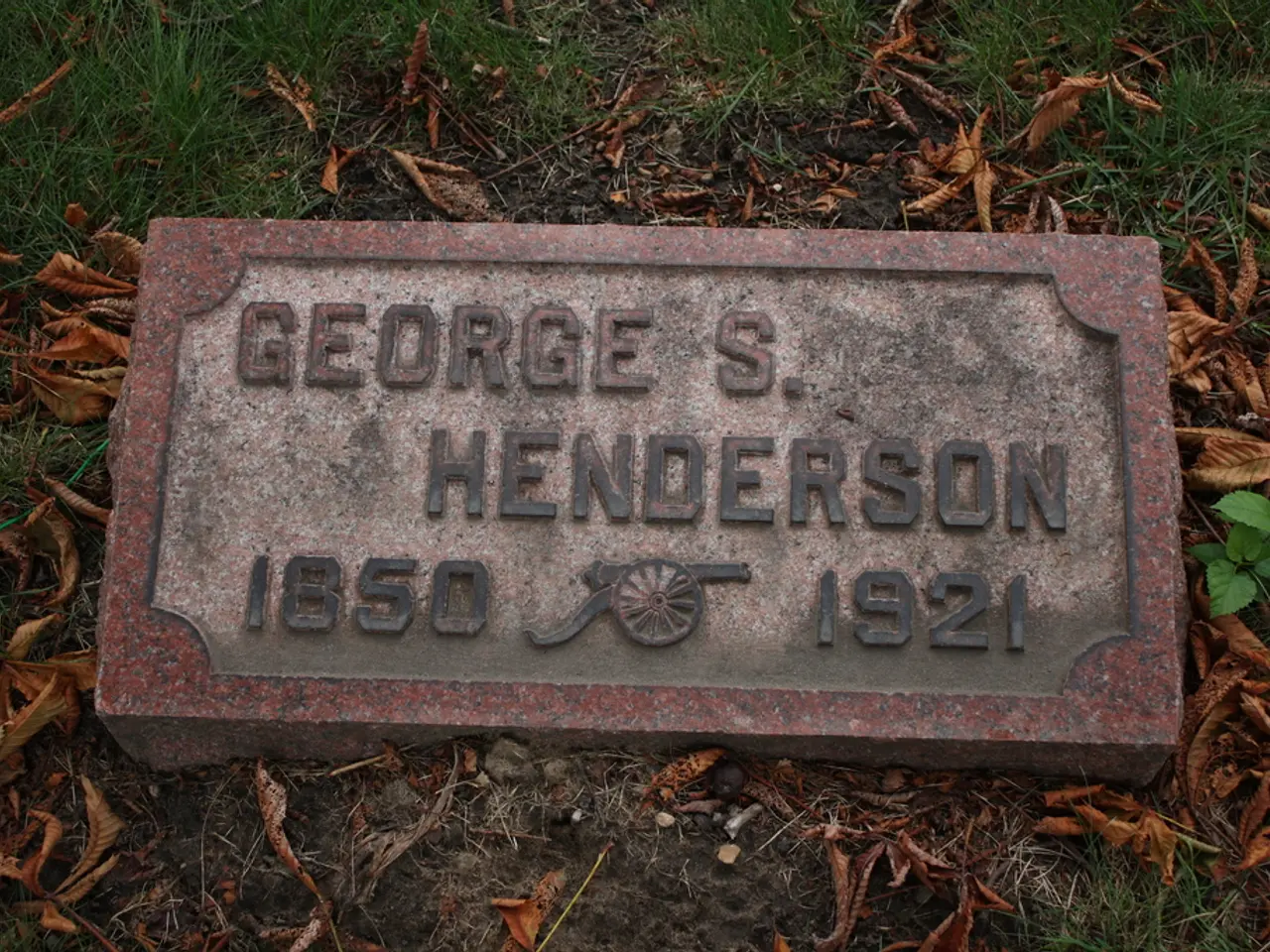Explanation of Thyroid Nodule Biopsy and the Reasons for Its Performance
A thyroid nodule biopsy is a crucial medical procedure that helps determine whether a thyroid nodule or growth is cancerous or benign. This article provides an overview of the thyroid nodule biopsy process, its benefits, risks, and the recovery process.
Procedure
During a thyroid nodule biopsy, typically a fine-needle aspiration (FNA) biopsy, a thin needle is inserted into the thyroid nodule under ultrasound guidance to collect cells for microscopic examination. The patient lies on their back with the neck extended, and the procedure is usually performed in an outpatient clinic.
Risks
While the procedure is generally safe, patients may experience mild pain or discomfort during and after the biopsy, minor bleeding, or bruising at the biopsy site. Rarely, infection or damage to nearby structures like nerves may occur. However, complications are minimal and uncommon.
Benefits
The benefits of a thyroid nodule biopsy are significant. It provides critical diagnostic information to determine if a nodule is benign or malignant without the need for surgery. This information guides subsequent management decisions such as surveillance, surgery, or ablation. The procedure is minimally invasive with quick recovery, helping avoid unnecessary thyroidectomy if the nodule is benign.
Recovery Process
Most patients can resume normal activities immediately after the procedure, although some mild soreness or bruising may occur. A follow-up appointment is arranged to discuss the biopsy results and plan further care.
Role of Biopsy Results in Diagnosis
Results are classified using the Bethesda System categories, ranging from benign to malignant. Benign nodules are typically monitored without surgery, while suspicious or malignant results may lead to thyroid lobectomy or total thyroidectomy. Molecular testing may complement biopsy for indeterminate cases, and the biopsy result combined with clinical history and ultrasound imaging helps estimate the cancer risk and tailor treatment.
Preparation and Investigation
There are typically no specific preparations before the procedure, but the doctor may make specific recommendations depending on the person's clinical status and medication history. For example, they may instruct people to stop taking blood thinner medications a few days before the procedure. If a person has a nodule in their neck, or a doctor suspects they may have one, they may investigate to determine whether a thyroid nodule biopsy is necessary.
American Thyroid Association's Classification of Biopsy Results
According to the American Thyroid Association, there are six possible results of a thyroid biopsy: Nondiagnostic, Benign, Malignant, Suspicious for malignancy, Suspicious for follicular neoplasm, Atypia of undetermined significance or follicular lesion of undetermined significance.
In summary, a thyroid nodule biopsy is a safe, reliable procedure that yields crucial diagnostic information, distinguishing cancerous from benign nodules, thus guiding appropriate treatment and improving patient outcomes. Risks are low, the procedure is quick, and recovery is typically uneventful.
Read also:
- Chest Pain Caused by Compressed Nerves: A Possibility Explored
- Incidence and risk factors associated with cystic fibrosis: A statistical overview
- Hypothyroidism in Canines: A Comprehensive Look, Written by Catherine Barnette, DVM, and Reviewed by Emily Oliver, CVT on 07/31/2025. Published on 07/21/2023. Sharing options include Facebook, Twitter, Email, and Print.
- Can diabetic retinopathy be reversed?






